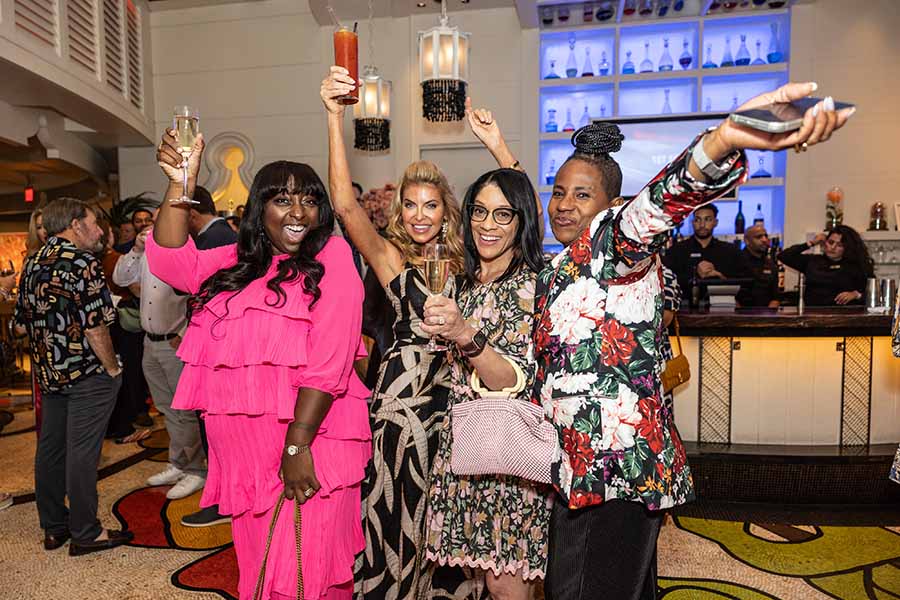
The page you were looking for could not be found. It might have been removed, renamed, or did not exist in the first place.

LET'S CONNECT
Subscribe to our emails to receive Market information, news and more.
Loading Form

The page you were looking for could not be found. It might have been removed, renamed, or did not exist in the first place.

Subscribe to our emails to receive Market information, news and more.